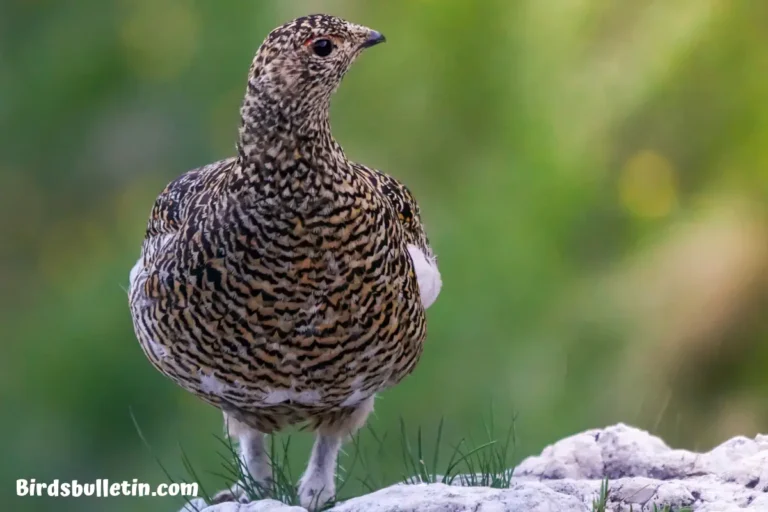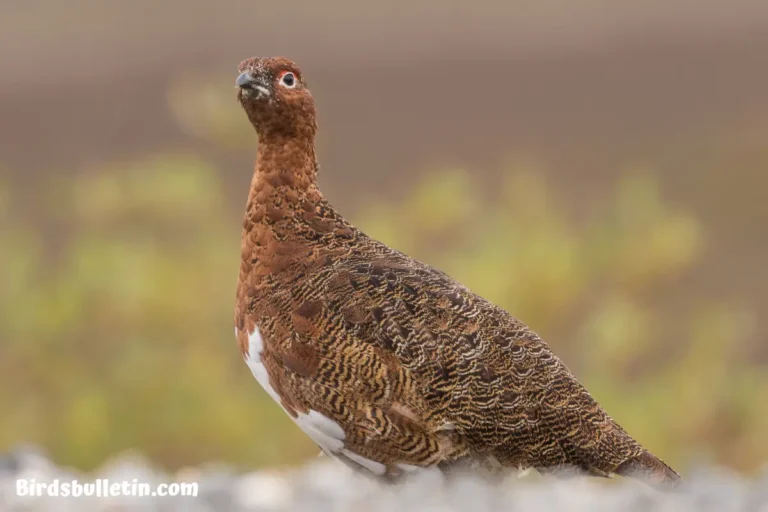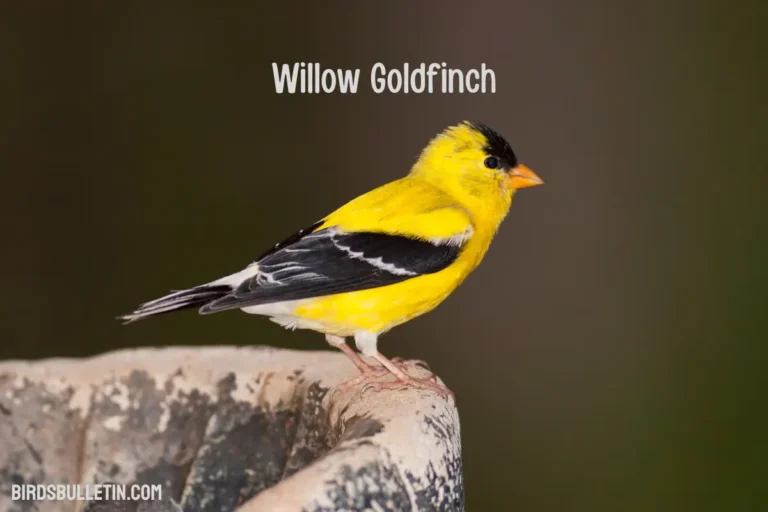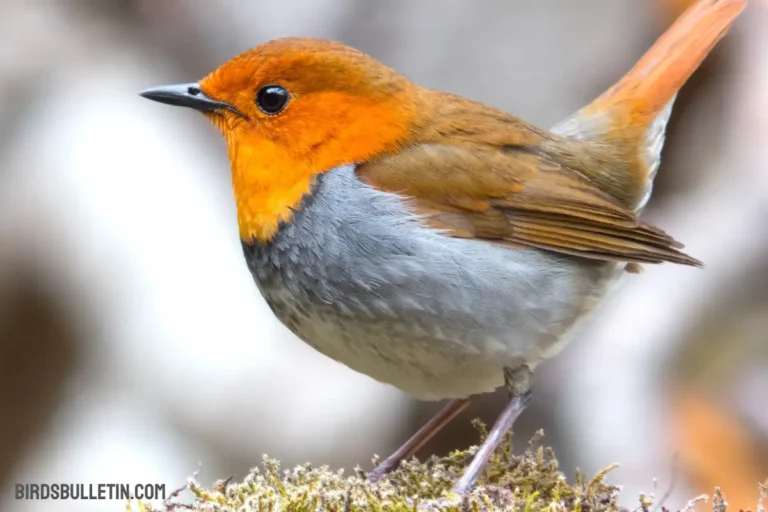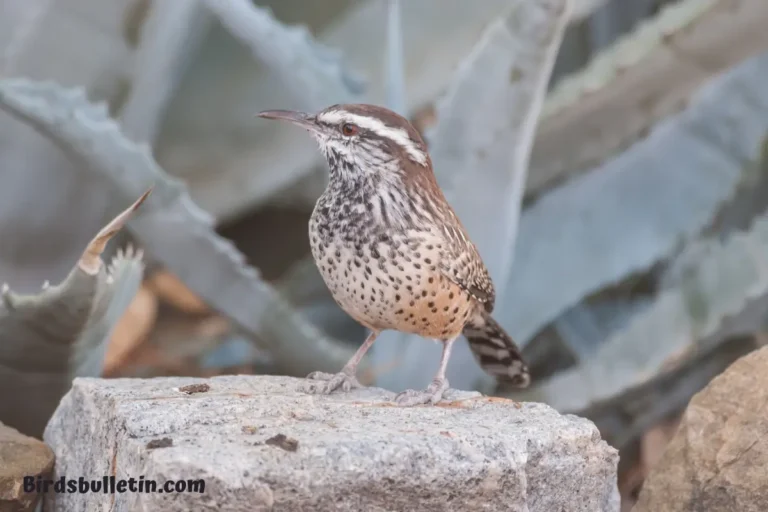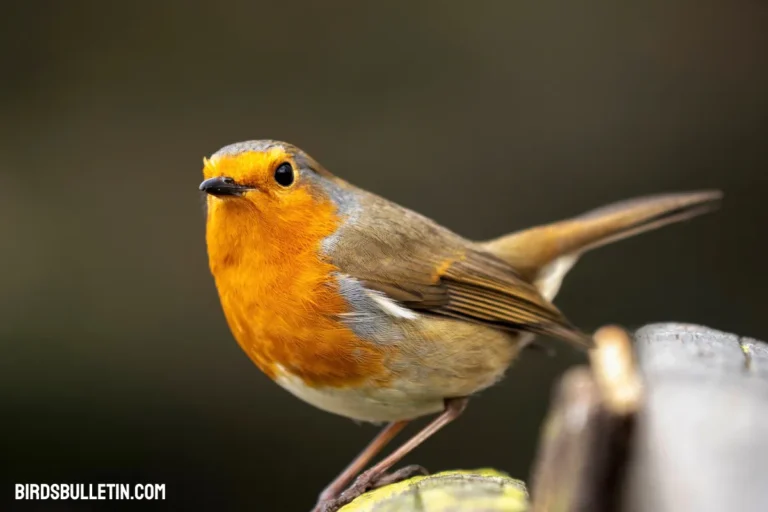Lagopus Lagopus Alexandrae Overview
Scientific Classification:
Lagopus lagopus alexandrae is scientifically classified as:
- Kingdom: Animalia
- Phylum: Chordata
- Class: Aves
- Order: Galliformes
- Family: Phasianidae
- Genus: Lagopus
- Species: Lagopus Lagopus
- Subspecies: Lagopus Lagopus Alexandrae
Want to learn more about bird subspecies:
Location
Lagopus lagopus alexandrae, is another Alaska Willow Ptarmigan, inhabits the vast wilderness of Alaska and specific regions of British Columbia. This subspecies thrives in the Arctic and alpine ecosystems of these areas, adapting to the challenging climates of the north.
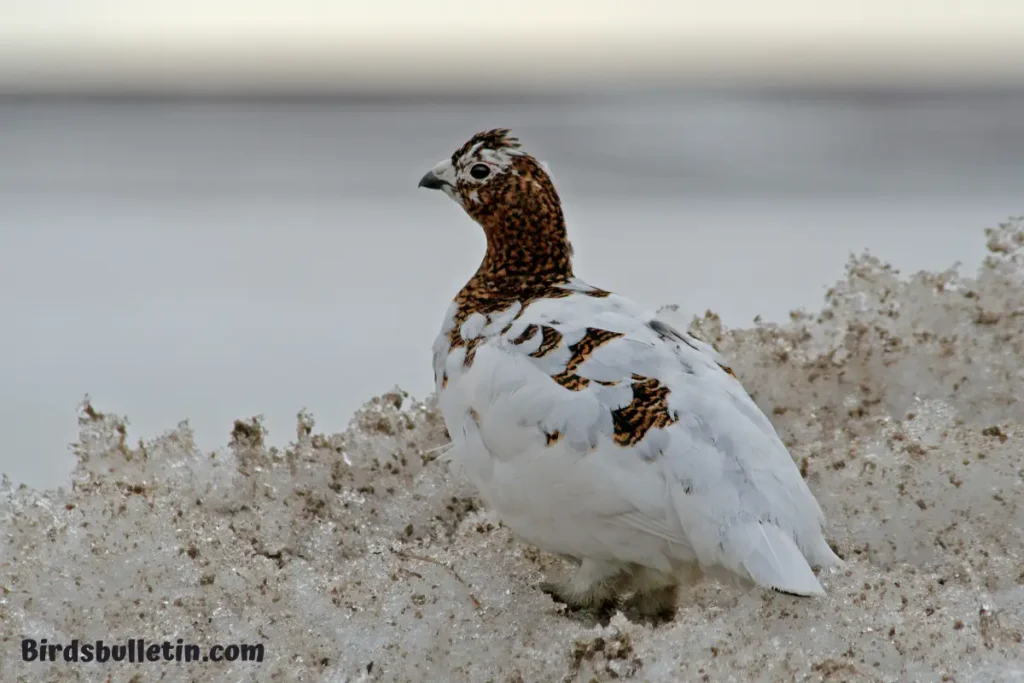
Fun Facts
- Males perform spiraling songflight displays during breeding season to attract females.
- Winter plumage is entirely white for maximum camouflage against snow.
- To grip icy surfaces, ptarmigan have feathered toes and claws that act like snowshoes.
Status
Classified as Least Concern, this subspecies has stable population numbers in its alpine habitat.
Frequently Ask Questions
01. How does the Alaska willow ptarmigan survive extreme cold?
The Alaska willow ptarmigan has specialized adaptations, including efficient thermoregulation and a thick insulating plumage, allowing it to withstand extremely low temperatures prevalent in its Arctic habitat.
02. What are the primary threats to the Alaska willow ptarmigan’s habitat?
Climate change poses significant threats, altering snow cover and vegetation patterns crucial for camouflage and food sources. Additionally, human activities such as habitat destruction and hunting impact their populations.
03. How does the Alaska willow ptarmigan contribute to its ecosystem?
By consuming a variety of plants, the Alaska willow ptarmigan aids in seed dispersal and controls insect populations, playing a crucial role in maintaining the ecological balance of its Arctic and alpine habitats.
Summary
This maritime-adapted ptarmigan subspecies resides year-round in the alpine tundra zones of Alaska and British Columbia. It undergoes dramatic seasonal plumage shifts from mottled brown to snow white. Unique feathered claws act as snowshoes to enable survival in harsh alpine conditions.


